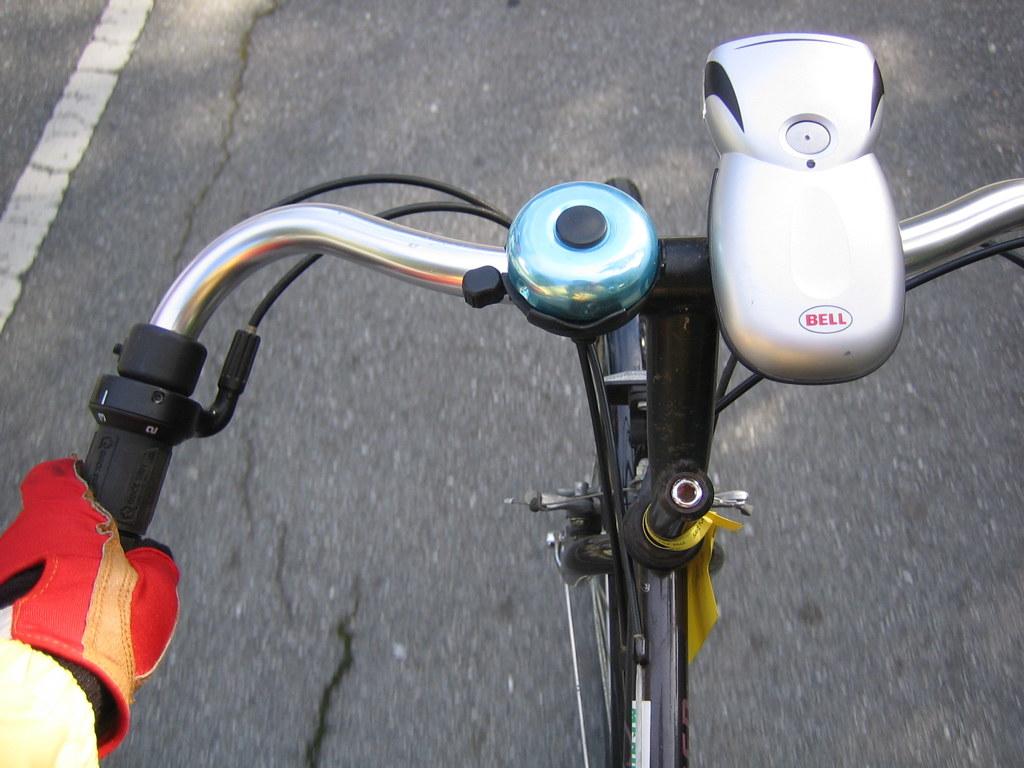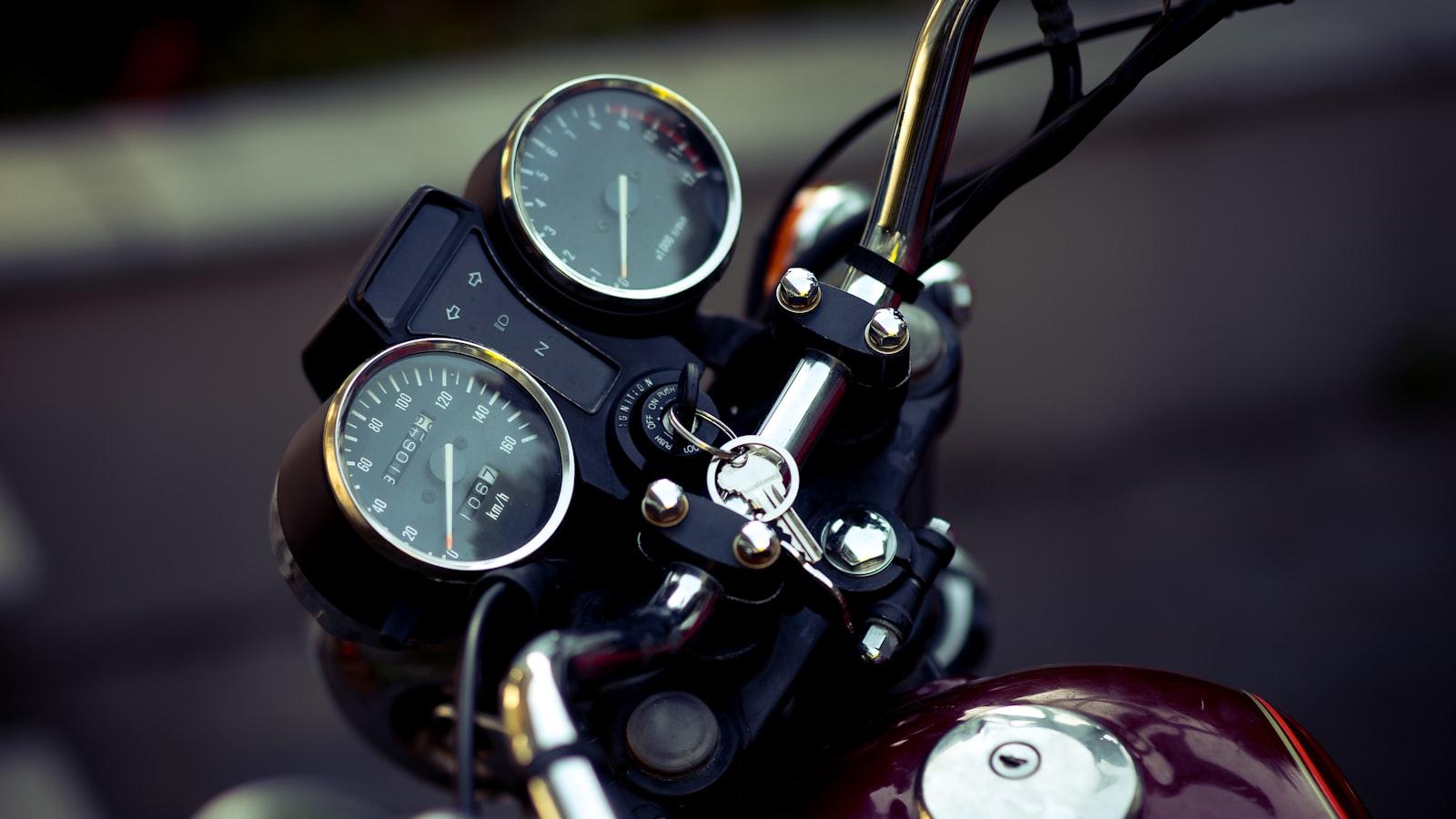When we think of bicycles, we often focus on their convenience, environmental benefits, and the freedom they provide. However, one aspect that is often overlooked is the potential risk of injury associated with bicycle handlebars. In this article, we will explore the various factors that contribute to handlebar-related injuries and provide tips on how to prevent them. Stay tuned to learn more about the hidden dangers that handlebars can pose to cyclists.
Understanding the anatomy of bicycle handlebars
is crucial in preventing potential risks of injury while riding. From the grips to the stem, each component plays a significant role in ensuring the rider’s safety and comfort. One particular area of concern is the shape and width of the handlebars, as they can directly impact the rider’s stability and control over the bike.
When it comes to bicycle handlebars, it’s essential to consider the following key factors:
- Grips: Provide a comfortable and secure hold for the rider’s hands.
- Handlebar stem: Connects the handlebars to the bike frame, affecting the rider’s reach and posture.
- Handlebar width: Influences the rider’s stability and maneuverability on the bike.

Common injuries associated with improper handlebar use
Improper handlebar use can lead to a variety of common injuries that every cyclist should be aware of. One of the most frequent injuries is wrist strain, which occurs when the handlebars are not at the proper height or angle for the rider’s comfort. This can put unnecessary pressure on the wrists, leading to soreness and potential long-term issues. To avoid wrist strain, it’s important to adjust the handlebars so they are aligned with the natural angle of your wrists, allowing for a more comfortable ride.
Another common injury associated with improper handlebar use is shoulder pain. When the handlebars are too wide or too narrow, it can cause the rider to hunch over or strain their shoulders in an unnatural position. To prevent shoulder pain, make sure your handlebars are at the correct width for your body size and riding style. Proper posture and positioning on the bike can also help alleviate any strain on the shoulders during long rides.

Tips for preventing handlebar-related injuries
When it comes to riding a bicycle, it’s important to be aware of the potential risks associated with handlebars. Handlebar-related injuries can occur for a variety of reasons, but with the right precautions, you can reduce your chances of getting hurt. Here are some tips to help prevent handlebar-related injuries:
- Proper positioning: Make sure your handlebars are adjusted to the right height and distance from your body to prevent straining your arms and shoulders.
- Regular maintenance: Check your handlebars regularly for any signs of wear and tear, such as loose bolts or cracks, and repair or replace them as needed.
- Use grips: Invest in quality handlebar grips to improve your grip and reduce the risk of your hands slipping while riding.

Choosing the right handlebar for your riding style
When it comes to , there are a few key factors to consider. First and foremost, it’s important to think about the type of riding you’ll be doing most often. Different handlebar styles are better suited for different types of riding, so it’s essential to select one that will provide you with the best comfort and control.
Another important consideration is your body mechanics and ergonomics. The handlebar should be positioned at a height and angle that allows you to maintain a comfortable and natural riding position. It’s also crucial to ensure that the handlebar is the correct width for your body size, as a handlebar that is too wide or too narrow can lead to discomfort, pain, and even injury. Overall, taking the time to choose the right handlebar for your riding style can significantly reduce the risk of injury and enhance your overall cycling experience.
To Conclude
In conclusion, while bicycle handlebars may seem like a simple and innocuous part of a bike, they can actually pose a risk of injury if not used or maintained properly. It’s important to be aware of the potential dangers associated with handlebars and take precautions to prevent any accidents. By staying informed and practicing safe riding habits, we can all enjoy the freedom and joy of cycling without fear of harm. So next time you hop on your bike, remember to handle those handlebars with care. Stay safe, and happy riding!





